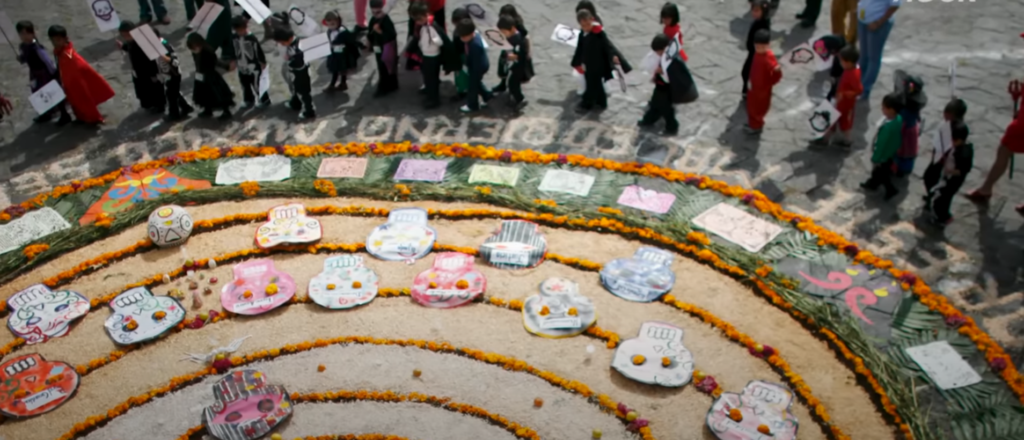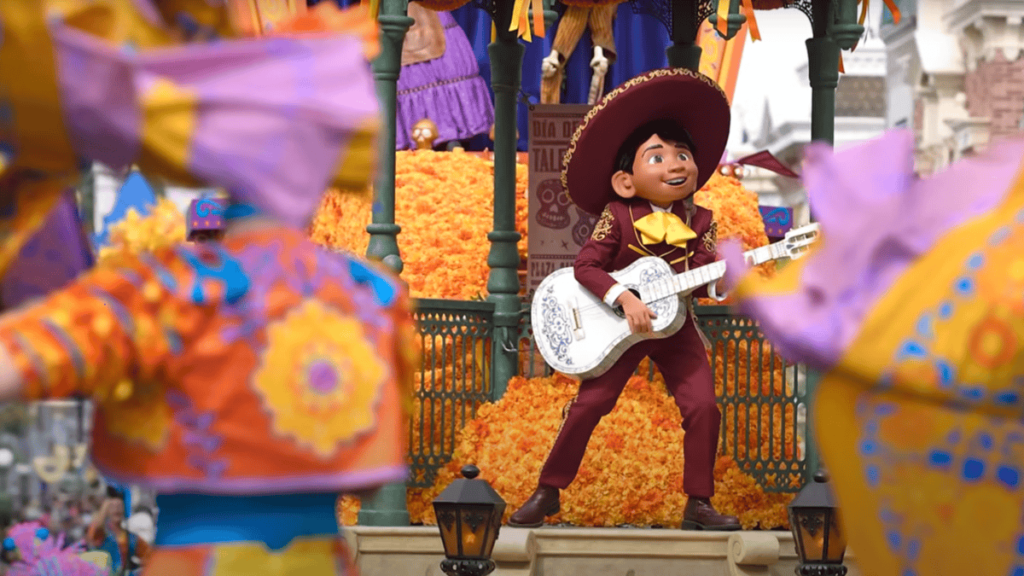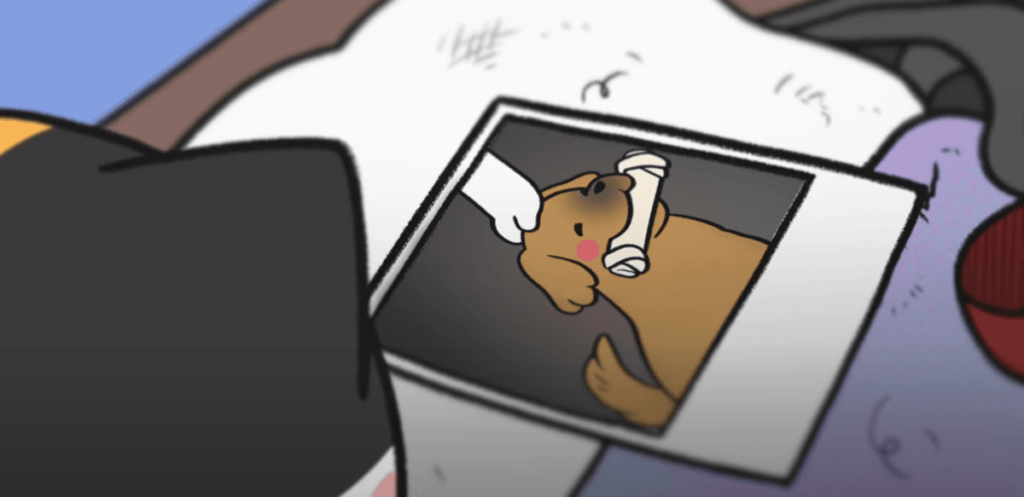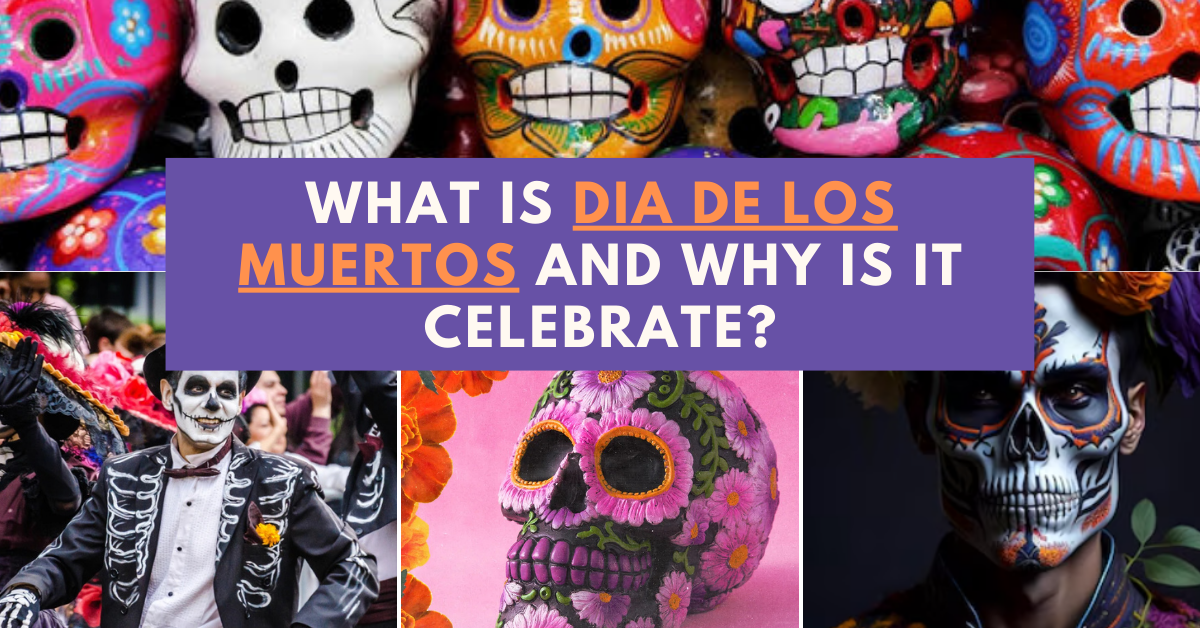On the holiday of Día de los Muertos, or also known as the Day of the Dead, both sadness and happiness are expressed through vibrant celebrations. The holiday is a time to honor and celebrate those who have passed, as well as to cherish loved ones still in our lives.
This tradition is celebrated in Mexico and various parts of Latin America on November 1st and 2nd, dates that align with the Catholic holy days of All Saints’ Day and All Souls’ Day.
Research on Dia de los Muertos
Matthew Sandoval, a researcher at Arizona State University, studies Día de los Muertos and its traditions. He explains that, though it’s called “Day of the Dead,” the celebration spans multiple days. Each day has special significance, allowing people to honor ancestors and remember loved ones deeply.

Personalized Ofrendas and Offerings
A central part of the celebration is the ofrenda, or altar, adorned with colorful marigolds, photos of the deceased, and items they cherished. Every ofrenda is distinctive, showcasing the character and tastes of the deceased. Sandoval shares that his own father would want a particular type of beer on his altar, reflecting his personality and creating a deeply personal tribute.
Artistic Expressions and Personal Meaning
These ofrendas are not just cultural artifacts; they’re personal expressions of remembrance. They allow families to connect with their loved ones in ways that are meaningful to them. Sandoval emphasizes that the individual touches are what make these altars artistic and deeply meaningful to those who create them.
Modern Changes in the Tradition
In recent years, the American observance of Día de los Muertos has included dressing as death, a practice introduced in the last few decades by the Chicano arts movement. This new tradition is a growing part of the holiday, though it’s not rooted in the indigenous customs.
Many Mexican and Mexican-American communities refrained from public displays of Día de los Muertos in the past to avoid discrimination. It was the Chicano movement of the 1960s and 1970s that revived public celebrations in California and the Southwest.

Cultural Appropriation and Community Participation
Sandoval notes that the question of cultural appropriation has surfaced more frequently in the last decade. However, he observes that many in the Mexican and Latino communities are open to sharing the celebration, as they recognize it as a form of healing and a means of dealing with loss. Día de los Muertos provides an opportunity for everyone to process death, turning grief into a vibrant celebration.
Dia de los Muertos and Halloween: A Fusion of Cultures
Though distinct from Halloween, Día de los Muertos has started to blend with it in both the U.S. and Mexico. Sandoval explains that some people now choose to celebrate Día de los Muertos instead of Halloween, finding greater cultural and communal value in it.
These gatherings offer a chance for people to come together and find closure around the universal experiences of loss and death.
Transforming Pain Through Celebration
While death is often associated with pain and sorrow, Día de los Muertos allows people to transform this difficulty through joyful celebration. It’s a colorful and raucous event that celebrates life, honors the past, and brings comfort to those in the present.
This unique approach helps people acknowledge the challenges of loss while finding solace and connection through community.

When do pets come for day of the dead
In Día de los Muertos traditions, pets and animals are remembered on October 27. This day is often set aside specifically to honor the spirits of beloved pets who have passed, inviting them to join the celebrations and reconnect with their families.

